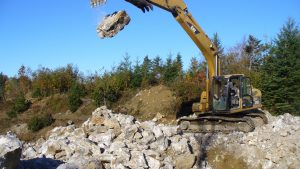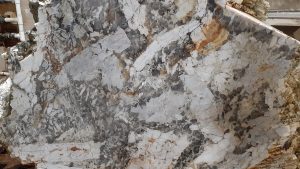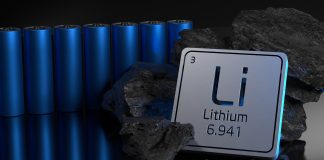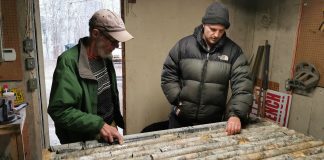The Goldfields Group has identified numerous critical mineral deposits rich with lithium, copper, cobalt, rare earths, and other major commodities that are vital to power the green energy transition.
As the world transitions towards cleaner technologies, critical mineral exploration must ramp up considerably to meet the global demand.
Canadian-based mineral exploration company, The Goldfields Group, is well-positioned to accelerate this transition with its extensive range of identified mineral deposits. The company boasts a wide range of deposits across 14 locations across Nova Scotia and New Brunswick.
The company’s Managing Director, John F Wightman, has extensive experience in the critical minerals industry. He provides ownership, research, accounting, project management, and promotion services to many private companies within the industry. All operational exploration activities are contracted out to individuals, professionals, and related exploration and service companies while searching for mineral deposits.

Why are critical minerals so important?
Minerals such as copper, lithium, nickel, cobalt, and rare earth elements (REEs) are essential components in many of today’s rapidly growing clean energy technologies – from wind turbines and electricity networks to electric vehicles. Demand for these minerals will proliferate as clean energy transitions gather pace.
For example, lithium, nickel, cobalt, manganese, and graphite are crucial to battery performance. REEs are essential for permanent magnets used in wind turbines and EV motors. Electricity networks need a considerable amount of copper and aluminium, with copper being a cornerstone for all electricity-related technologies.
The shift to a clean energy system is set to drive a massive increase in the requirements for these minerals, meaning that the energy sector is emerging as a significant force in mineral markets. Until the mid-2010s, for most minerals, the energy sector represented a small part of total demand. However, as energy transitions gather pace, clean energy technologies are becoming the fastest-growing segment of demand.
As countries accelerate their efforts to reduce emissions, they must also ensure that energy systems remain resilient and secure. The rising importance of critical minerals in a decarbonising energy system requires energy policymakers to expand their horizons and consider potential new vulnerabilities.
Goldfield’s advanced projects
The Brazil Lake Lithium Pegmatite Deposit
Brazil Lake is an important critical mineral resource for Nova Scotia, with an excellent chance of going into production in the near future as a mine producing lithium for batteries for the electric vehicle market. Other high-value commodities are found in abundance in the pegmatite, such as tantalum and rubidium. These by-products will provide production credits to cover the cost of mining and processing the lithium. With a 2022 NI 43-101 Resource Report in hand, and in partnership with Lithium Springs Limited, drilling on the deposit is rapidly expanding the resource.

Debert Lake
This mineral deposit boasts a rich rare earth portfolio and has numerous location advantages over other deposits. It is within ten kilometres of the power grid and within 40 km of several urban centres and a deep-sea shipping port. Sampling results of drill core and outcrop indicate that this deposit has the highest ratio of heavy to light REEs in North America.
Frenchvale
The very large flake graphite deposit at Frenchvale is hosted in a marble which is not common for this type of critical mineral. This provides processing and quality advantages over other graphite deposits. Based on exploration to date, there is potential for a mine producing >200,000 tonnes of HP flake graphite a year for a > 30-year mine life.
Wildcat
A near surface, very high grade, molybdenum rich felsic porphyry dyke containing >5 million pounds of molybdenum has been defined by >8,000m of NQ drilling. This dyke is thought to represent a zone of mineralisation emanating from a climax type intrusion at depth defined by a strong gravity anomaly.
Research interests include
- Alumina;
- Cobalt;
- Lithium;
- Rare earth elements;
- Copper;
- Tin;
- Molybdenum; and
- Disruptive, lower cost, ‘green’ processing technologies.





